This Challah bread is extremely easy, fuss-free bread making, and great for anyone who’s new to bread-making or challah-making. It turns out light, fluffy, almost croissant-like, with just a hint of sweetness.
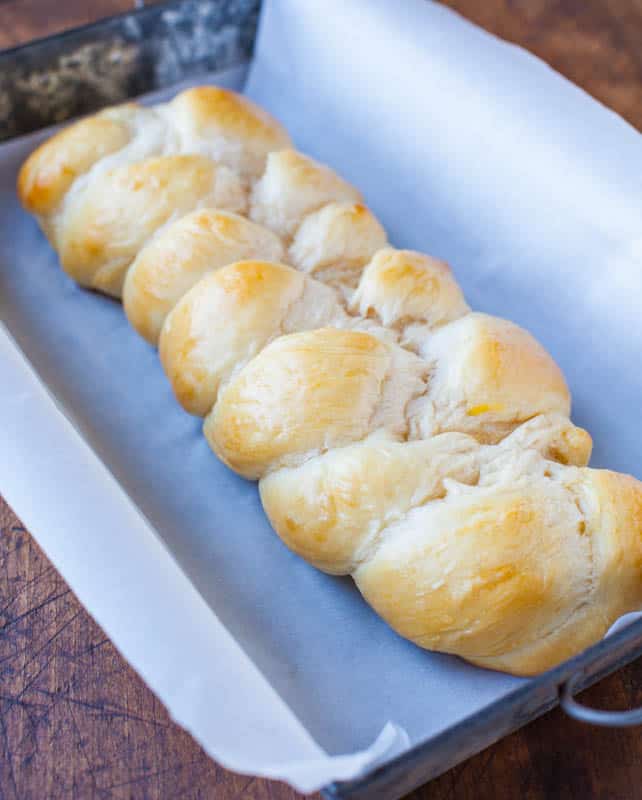
This bread, and how easy it is to make, is too good to be true.
And it earned me major points with my challah-loving husband.
Bread karma has been on my side recently because for a first-ever attempt at making dinner rolls, I could not have been more pleased with the results and the recipe will likely be my go-to dinner roll recipe for years to come.
The lucky streak continued because this challah is the first challah I’ve ever made and was positively blown away with the results and so was my Jewish husband. Not only did he tell me that it’s the best challah he’s ever had, and this is coming from a man who’s family owned a Jewish deli in Chicago, but of all the bread recipes I’ve made recently, he told me the challah is his favorite bread to date, even trumping the dinner rolls. Not bad for a shiksa.
I made the challah using the challah recipe found in the Artisan Bread in Five Minutes a Day: The Discovery That Revolutionizes Home Baking cookbook. The concept of the book is quite remarkable in that the authors set out to create bread recipes and a bread-making method that enables one to enjoy freshly bread daily, with just five minutes of active preparation. They wanted to make bread-making accessible and do-able, without any of the hassle, trouble, or labor-intensive challenges that are the common impediments to bread-baking at home.
The overall concept is to make a large batch of dough that can be kept in the refrigerator for up to one week and when you’re ready for fresh bread, simply take a hunk of dough, shape it into a loaf or braid it, allow it to rise for just over an hour at room temperature, then bake it.
The recipes are no-fuss and no-knead. Not having to knead dough is a huge bonus, because even with a stand mixer, kneading takes time. And for the novice bread-maker, or for those who are hand-kneading, knowing if the dough has been properly kneaded or if you’ve needed long enough, can be challenging to determine and having recipes that are no-knead is very welcome.
Although the bread-making method is intriguing and is initially why I bought the book, no amount of shortcuts are worth it if the bread doesn’t taste great and I was really eager to put their recipes to the test. I had read the reviews on Amazon and had fairly high hopes for because people really rave about the book, but I didn’t know if they were raving about the method and concept in general, which deserves raving; or if the actual recipes were really top-shelf and rave-worthy.
I cannot speak for other recipes yet because so far all I’ve made from the book has been the challah, but the book has earned it’s keep and is a five-star smashing success based on the challah recipe alone. Not only is the challah the best we’ve ever had, but I have learned so much about the authors’ methodology to bread-making; how yeast works on the moist doughs, why the dough doesn’t require kneading, and the various concepts and techniques advocated in the book.
It’s one of those life-changing books and although that sounds a bit dramatic, now that I can make fabulous tasting bread at home daily, with almost no effort, is indeed pretty life-changing.
Almost all recipes in the book can very easily be doubled or halved, and I chose to halve the challah recipe. This produces dough for two loaves of challah, one that can be baked immediately and one that can be baked off within the next week, a perfect quantity for our family.
To make the challah, combine water, yeast, honey, oil, salt and flour in a mixer or large bowl. The authors give a choice of using butter or oil and I chose oil because oil-based challah is softer than butter-based. I used a combination of bread and all-purpose flour. The authors indicate in the opening section of the book that all-purpose flour is just fine for almost all of their recipes, but that bread flour may be substituted if a chewier texture is preferred. I love chewy bread and opted to use some bread flour in conjunction with all-purpose.
After all the ingredients are added to the bowl, mix until the dough just combines, shutting off the mixer or stopping hand-mixing before moving into actively kneading the dough. At this point the dough is pretty wet and sloppy, but it’s by design. Cover the bowl and allow the dough to rise until it’s doubled in size, about two hours.
At this point, you can either go onto the next step, which is rolling out or braiding the dough in preparation to be baked; or take the whole wad of dough and refrigerate it and bake it off within five days for egg-enriched doughs, and seven to ten days later for other dough. I used half of the dough and baked some challah immediately, and refrigerated the other half for challah I baked five days later.
For the bread I was baking immediately, I separated the dough into three pieces, rolled each piece into a long cylinder about a foot in length, and then braided it with a three-strand braid, just like braiding hair. There are some incredibly complex ways to bread challah, with six-stranded braids, flipping it over, twisting and turning it like oragami, but I kept things very basic for my first attempt. I braided it on a Silpat Non-Stick Baking Mat, which is nice because very little flour is needed for the work surface, and the less flour you add to bread dough, the softer and lighter the resulting bread is.
After it’s braided, the dough rises for forty minutes if using freshly made dough; or if using previously refrigerated dough, this second rise is for one hour and twenty minutes.
Immediately before baking, brush the dough lightly with eggwash. I used about half of one beaten egg for the eggwash and didn’t over-do it because I didn’t want the bread to either taste too egg-ey or turn too browned in the oven, both of which can happen with eggwash. The bread bakes up quickly, in about twenty minutes, so watch it carefully so it doesn’t burn.
I cannot speak highly enough about this bread. It’s light, soft, tender, and almost croissant-like in how delicate and fluffy it is. It has a butter-like quality, even though I didn’t use butter in the dough and chose to use oil instead. It doesn’t even need to be buttered to enjoy it and it has a light sweetness from the honey. It stayed fresh for days wrapped in plasticwarp and placed in a gallon-sized ziplock.
The loaf I baked five days later with refrigerated dough tasted exactly the same as the first; absolutely perfect. Although the authors suggest that refrigerated dough can take on an almost sourdough-like quality as the yeast ferments over time, I didn’t sense any changes to the taste of the bread from the dough that I baked immediately versus that which I waited to bake. This could be because it’s an egg-enriched dough and a sweeter dough compared to other doughs.
It really was too good to be true when I braided five day old refrigerated bread dough that I didn’t ever have to knead, let it rise for an hour and half, and baked it.
Pulling apart a braid never tasted so good.
Pin This Recipe
Enjoy AverieCooks.com Without Ads! 🆕
Go Ad Free

Challah Bread
Ingredients
- scant 1 cup water, warmed to about 125F for Platinum yeast, about 105 to 115F for most other yeast (full batch calls for 1 3/4 cups water)
- 2 ¼ teaspoons active dry yeast (one 1/4-ounce packet, I use Red Star Platinum
- 2 large eggs
- ¼ cup canola or vegetable oil, or 1/4 cup butter (oil creates a softer loaf, butter creates a crustier crust; butter-based dough is firmer and possibly easier to work with than oil-based, but I have no trouble with oil-based and prefer softer challah and use canola oil)
- ¼ cup honey
- ¾ tablespoon salt, or to taste (the full recipe is 1 1/2 tablespoons salt, halved is 3/4 tablespoon, not teaspoon, which I think is way too much; I used no salt with great results)
- 3 ½ cups all-purpose flour, I used 2 1/2 cups bread flour, and 1 cup all-purpose; the authors indicate that bread flour may be substituted if a chewier bread is preferred
- 1 large egg, for egg wash
- sesame or poppy seeds for sprinkling, optional
Instructions
- Making the Dough - Add the water to a glass measuring cup or microwave-safe bowl and warm the water to temperature, about 30 seconds on high power. Using a thermometer, check the temperature. If you don't have a thermometer, when inserting your finger, it should feel warm but not hot. Add the water to the bowl of a stand mixer fitted with the paddle attachment. Sprinkle the yeast over the water and let stand for 5 to 10 minutes.
- Add 2 eggs, honey, oil (or butter), salt to taste, and mix on low speed for about 2 minutes, until well combined. Remove the paddle, put on the dough hook, and add 3 cups flour. With the mixer on low speed, allow hook to fold in the flour; it will take a minute or two. Sprinkle in the remaining 1/2 cup flour and allow it to become just incorporated; don't move into actively kneading the dough; just incorporate the flour and turn mixer off.
- Turn dough out into a lightly greased large mixing bowl (do not knead it), cover bowl with plastic wrap, and allow it to rise in a warm place until doubled in volume, about 2 hours. Punch dough down and either move on to the next step (baking it) or dough can be stored in refrigerator for up to 5 days before baking it later. If baking later, place all the dough into a large bowl or container with a lid, allowing the lid to remain slightly ajar so there is a tiny bit of airflow, and refrigerate dough until you are ready to move onto the next step, Baking Day.
- Baking Day - You can move onto this step immediately after the 2-hour rise, or after the dough has been refrigerated for day(s).
- Divide dough in half; set aside other for later or make two loaves now. If dough is sticky, use floured hands to work with it. Place dough on a Silpat Non-Stick Baking Mat , adding a bit flour if necessary, or place it onto a floured work surface. Divide dough into 3 equal portions. Roll each portion out into a 12-inch long cylinder. The dough is very springy and will want to recoil and shrink back but be patient and keep stretching it or rolling it, either with your hands, a rolling pin, or just stretching it out as best you can; previously refrigerated dough behaves better and has less of a mind of its own.
- After you have 3 long cylinders about 1-inch each in diameter, place them on the baking mat and baking tray where you plan to bake them. Pinch one end of all three together and start braiding down, just like you're braiding hair. After you've reached the end, gently pinch off and tuck the ends underneath the loaf, just making it neat. Cover dough with plastic wrap and allow it to rise in a warm place for 40 minutes if using fresh dough, or for 1 hour 20 minutes if using previously refrigerated dough (even though my dough was fresh, I allowed it to rise for closer to 1 hour rather than just 40 minutes on the baking tray, placed on top of the preheating oven). Preheat oven to 350F midway through this rise.
- Beat 1 egg and immediately prior to baking, brush egg wash all over loaf (I use about half of the egg as I don't want bread to get too 'eggy', just shiny). Sprinkle with optional sesame or poppy seeds (I use neither). Bake for 22 to 25 minutes, or until challah is a pale golden and set. The internal temperature should be ~190F however I judge by color. Allow bread to cool before slicing or pulling apart and serving. I store bread wrapped in plastic wrap, then placed in a ziptop food storage bag or in an airtight container at room temperature for up to 5 days or in the freezer for up to 3 months.
- With the other remaining half of unbaked dough, it can be refrigerated for up to 5 days and then should be used; or it can be frozen and then thawed, and used. This dough may be used for more challah; raisins may be added, or used in dinner rolls, cinnamon rolls; or get creative with it.
Notes
Nutrition
Nutrition information is automatically calculated, so should only be used as an approximation.
©averiecooks.com. Content and photographs are copyright protected. Sharing of this recipe is both encouraged and appreciated. Copying and/or pasting full recipes to any social media is strictly prohibited.
Related Recipes:
Honey Dinner Rolls – Soft, light, fluffy, tender, moist and the dough has just enough chew to really sink my teeth into. They’re the absolute best dinner rolls I’ve ever had and were an ultimate hit with the family. I will make this recipe over and over, forever and I highly recommend these for Thanksgiving or any holiday gatherings
Cinnamon Raisin English Muffin Bread with Cinnamon Sugar Butter – If you’ve never made bread before, this is a goofproof, foolproof, no-knead recipe that’s perfect for the first-time bread maker. You’ll never have a need for storebought English muffins again, especially because this bread is spiked with cinnamon-sugar and raisins
Cinnamon Swirl Bread – As close to a cinnamon roll as a bread can get and still be called bread rather than dessert. Rich, sweet, and light. This bread is for the cinnamon lover’s and is abundantly flavored with cinnamon, which is used twice in the bread recipe, and again in the cinnamon-sugar butter I serve it with
Outback Steakhouse Wheat Bread {Copycat Recipe} – This recipe is based on my love of Outback’s bread and makes two small loaves of hearty, dense, wheat bread. The bread is ever-so-slightly sweetened and is infused with subtle hints of molasses, and a dead-ringer in the flavor department. Serve with honey butter for even more authenticity
Cinnamon Bun Pie – Best cinnamon rolls I’ve ever made (to date) and they’re ready from start to finish in less than 30 minutes because they use a shortcut. I’m working on yeast-based cinnamon rolls next
Baked Vanilla Donuts with Vanilla Glaze – No-yeast baked donuts that are as easy as making muffins and if you don’t have a donut pan, the batter can be baked as muffins
Have you tried any Artisan Bread in Five Minutes a Day recipes?
There are three books:
Artisan Pizza and Flatbread in Five Minutes a Day (2011)
If you’ve tried any recipes that you love, I’d love to hear about them and your favorites.
Have you ever made challah?
If you’ve never made bread, or challah, there’s no reason to be intimidated because neither the bread-making nor the braiding is challenging and the bread is scrumptious.
Everyone says that challah makes the best French toast but I normally think of the bread used for French toast as the bread that’s a little past its prime and that you need to use up. This challah was so light, flaky, moist, tender and croissant-like that we had to restrain from inhaling the loaf in sitting. No need for butter, jam, honey, or anything and it was that good on it’s own. Maybe one day we’ll have extra for French toast.
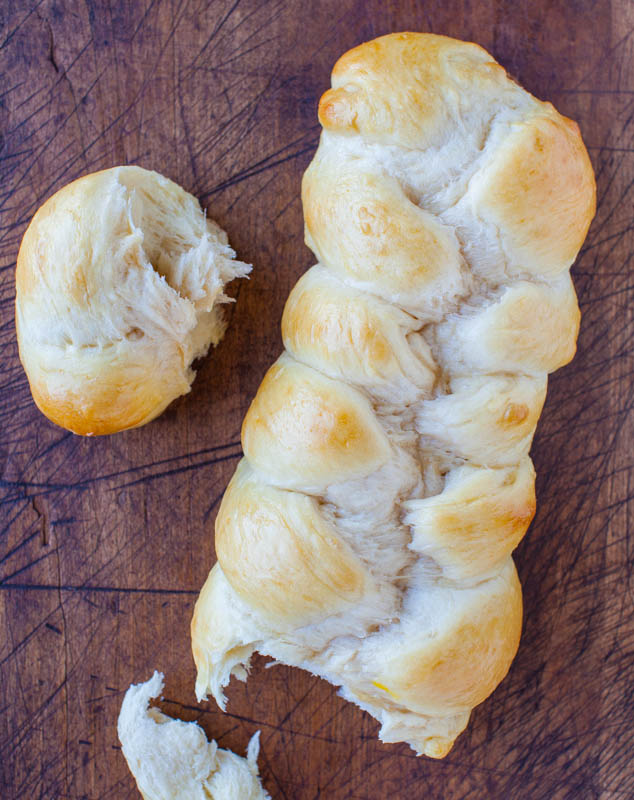
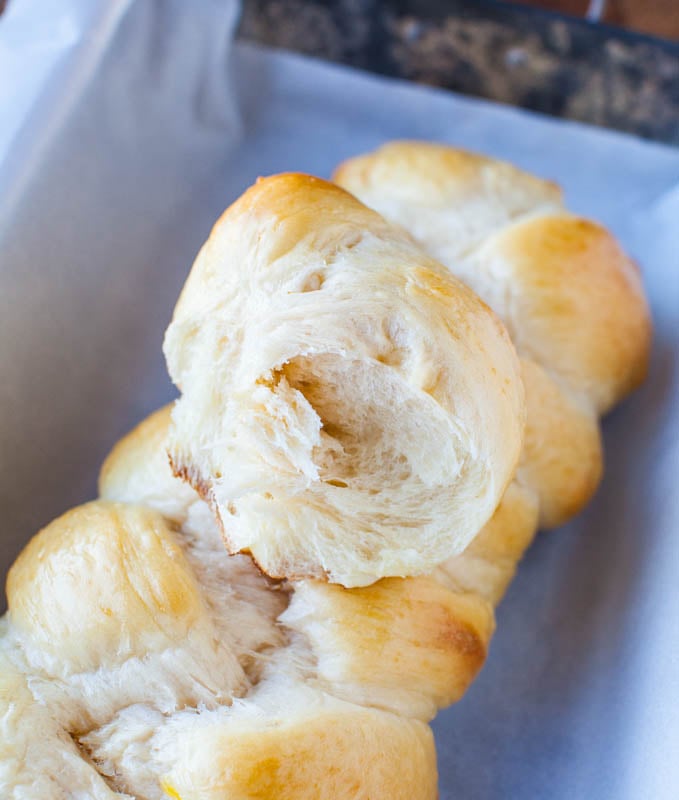
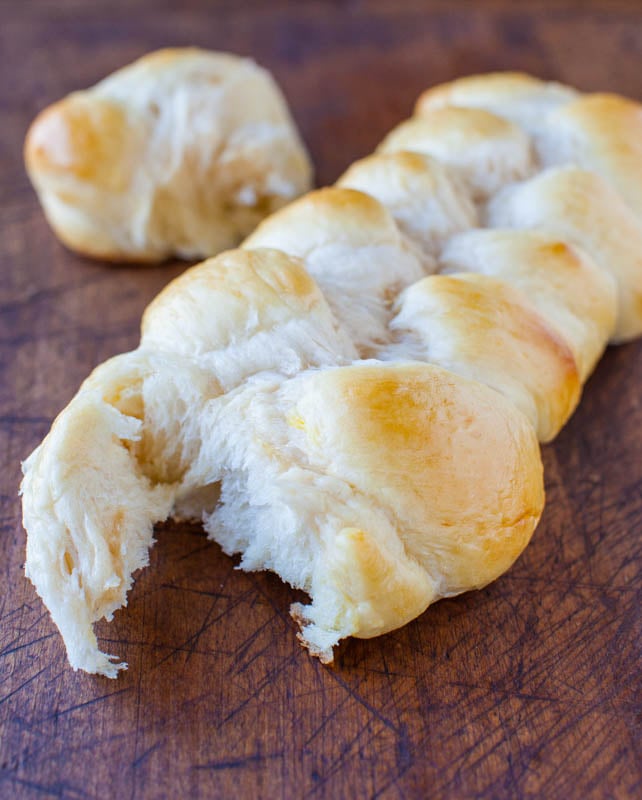
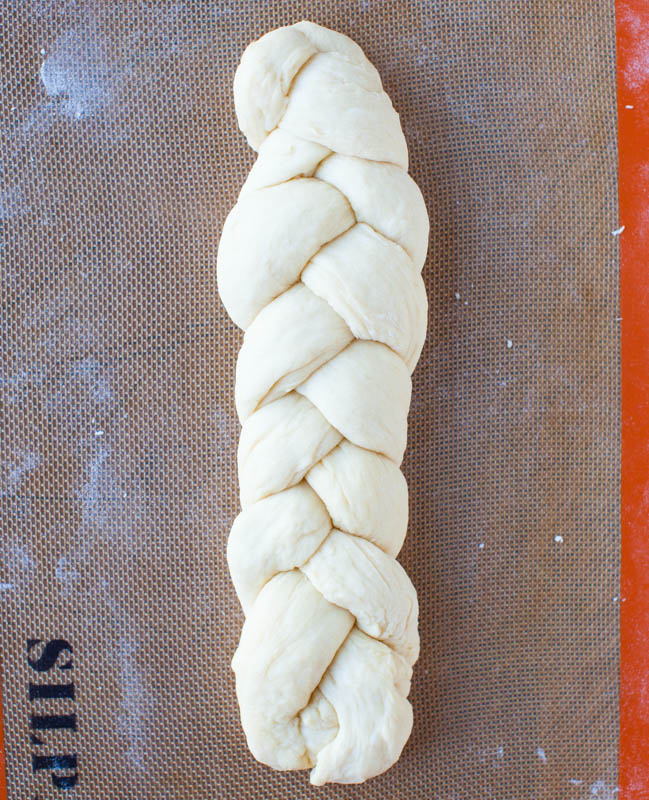
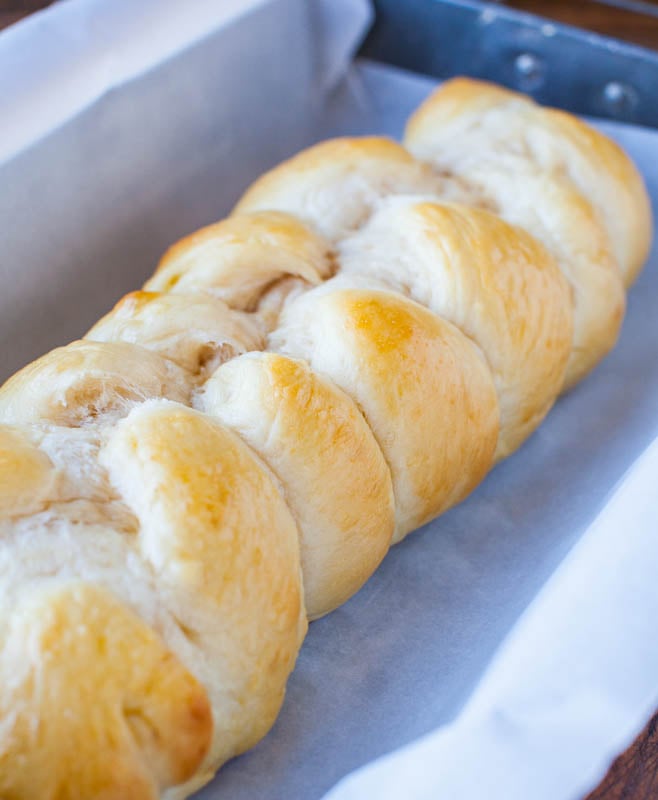
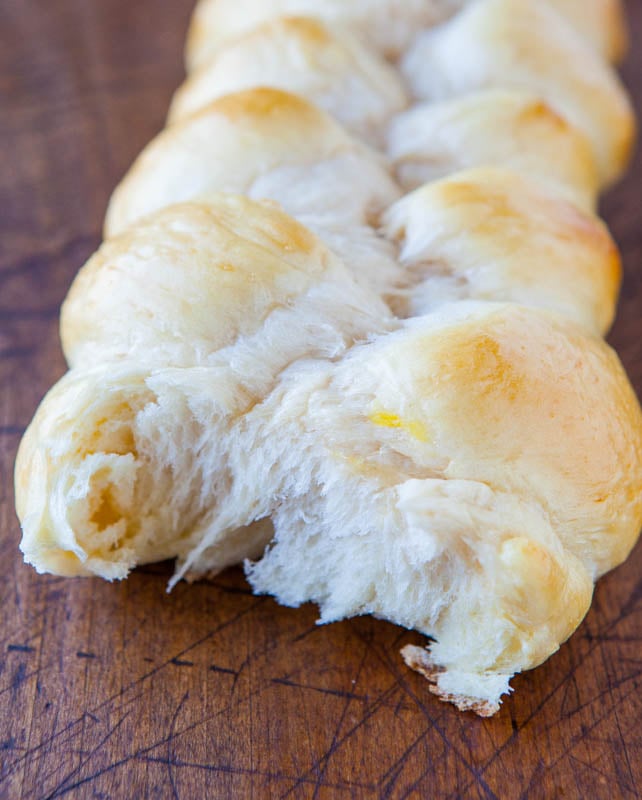
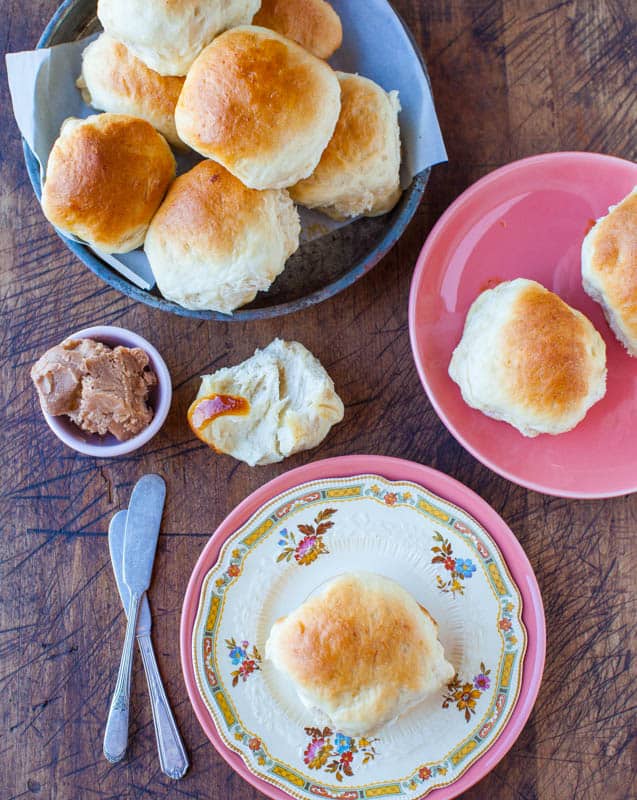
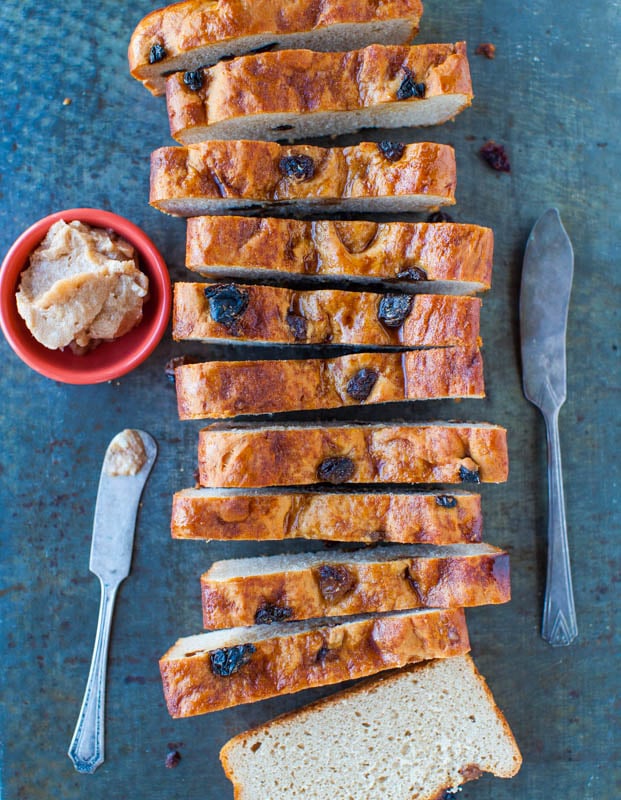
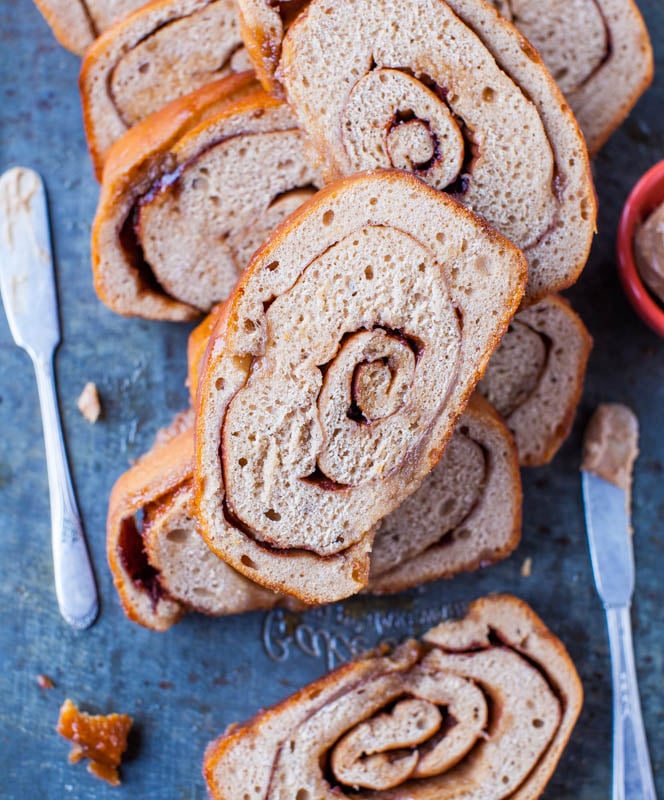
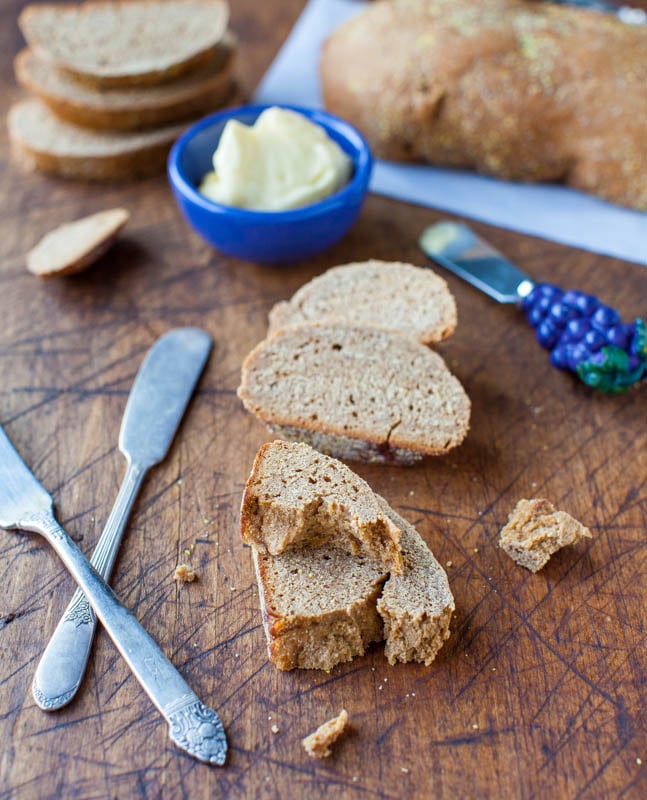
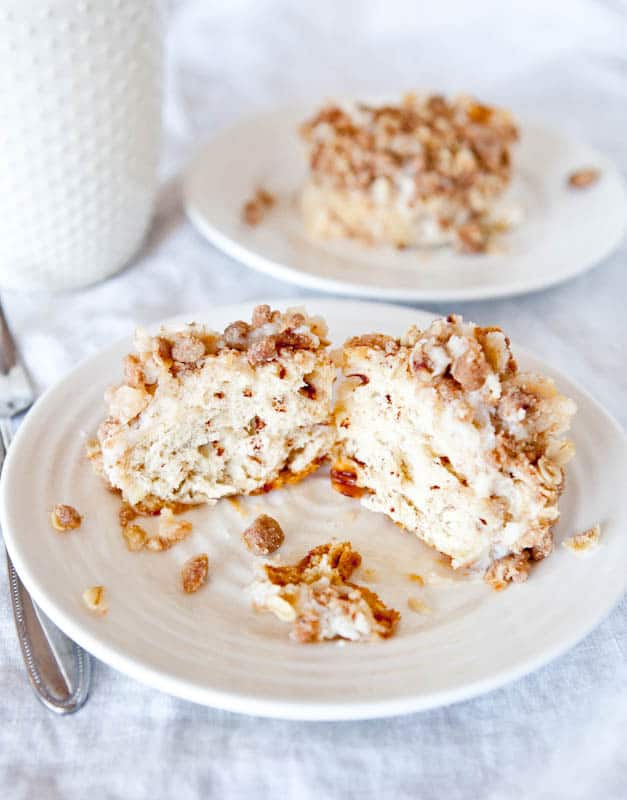
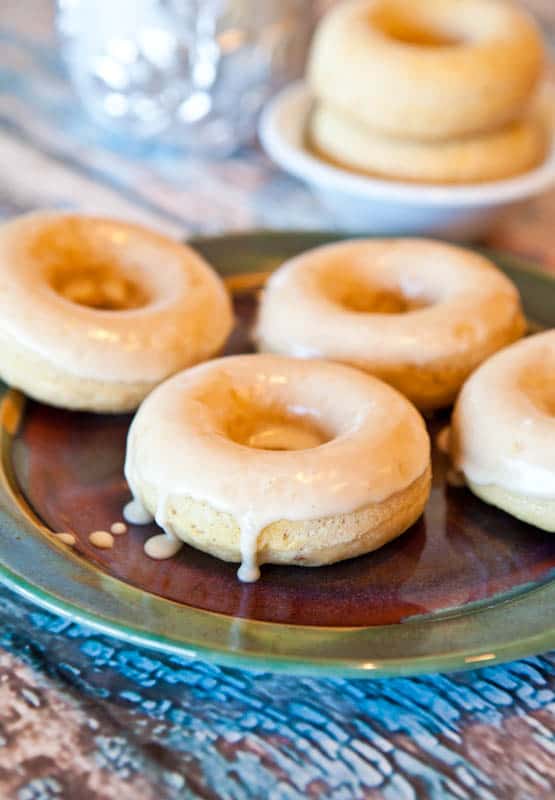
great
Super late update but BTW Averie, I did find a pack of active yeast so I was able to make it per your directions. It came out lovely! We sure did enjoy our pepperpot dish with the challah :)
Thank you!
Hi Avery, thanks for sharing this recipe! It looks perfect and I have to give this a try. Lately I have been baking up a storm and tried a couple of your recipes and they were perfect.
So back home ( I was born is Guyana, South America) we have this local dish called pepperpot and we eat it with plait (braided) bread on Christmas morning. I am going to make this to have it with that dish :)
I have instant yeast, can I just mix the honey, eggs and oil then add the flour with the dry yeast and warm water instead of proofing? TIA. I may add a little sugar just in case…for the yeast.
I am looking forward to making your dinner rolls as well. I don’t think I will ever need to buy bread again because I am addicted to homemade bread now!
I have only made this exactly as written and when it comes to yeast, I hesitate to give advice outside what I have personally tried because I don’t know for absolute sure if it will work or not.
Super late update but BTW Averie, I did find a pack of active yeast so I was able to make it per your directions. It came out lovely! We sure did enjoy our pepperpot dish with the challah :)
Thank you!
Thanks for the 5 star review and glad this came out great! Glad you were able to find the active yeast too.
Omgoodness this challah bread is the absolute best bread I have ever eat in my life!!! Melts in your mouth!! Not at all tough and chewy (which I hate) thanks so much for sharing this amazing recipe!!
Shalom!
Thanks for letting me know that it’s a keeper for you!
I add a pinch of saffron to add a deeper and rich flavors. It also adds a nice yellow hue that is more typical of challah breads.
Thank you so much for your recipes. What do you think about using this challah dough for cinnamon rolls?
I think it could work BUT this is my fave cinn roll recipe…comes out sooo great every time! https://www.averiecooks.com/overnight-buttermilk-soft-and-fluffy-cinnamon-rolls/
Thank you! This shiksa used your recipe and my jewish husband couldn’t be happier! When I divided it, I put raisons in one half and none in the other. They both turned out great. I’m trying to save some left overs to make french toast, but he won’t stop eating it!
Trying to get a man (or anyone really) to stop eating fresh, warm, homemade bread….next to impossible :) Glad you’re happy and that it came out great and doing half-and-half sounds like a perfect idea!